14-Day Publicity Power Course: Day 6 – Press Power: Compiling Your Best Reviews, Interviews, and Features
Congratulations! You’ve made it to Day 6. So far, we’ve covered the essentials: understanding your target audience, crafting a compelling story, building your media list, and mastering the art of pitching. Today, we’re shifting gears from proactive outreach to leveraging the success you’ve already achieved. We’re going to focus on compiling your best reviews, interviews, and features into a powerful “Press Kit” that will significantly amplify your credibility and attract even more attention.
Why Compile a Press Kit?
Think of your Press Kit as your ultimate PR showcase. It’s a curated collection of your best media appearances, highlighting the positive buzz surrounding your work. This isn’t about ego; it’s about providing journalists, potential collaborators, and even your target audience with easily accessible proof of your value and credibility.
Here’s why compiling a press kit is crucial:
- Credibility Booster: Third-party validation is powerful. Positive reviews, insightful interviews, and flattering features instantly build trust with those unfamiliar with your work.
- Time Saver: Instead of scrambling to find relevant articles every time someone asks, you have a ready-made collection at your fingertips.
- Marketing Asset: Your press kit becomes a valuable marketing tool that can be shared on your website, social media, and email campaigns.
- SEO Benefits: Linking to your press kit on your website and social media platforms can improve your search engine ranking.
- Attract Future Opportunities: Journalists are more likely to feature you if they can quickly access past coverage and see the positive impact you’ve made.
- Confidence Booster: It’s a tangible reminder of your accomplishments and the positive impact you’re having. Take a moment to celebrate your hard work!
What to Include in Your Press Kit:
Your press kit should be comprehensive but concise. Focus on quality over quantity. Here’s a breakdown of essential components:
- High-Quality Reviews:
- Selection: Choose the most impactful and well-written reviews. Aim for reviews from reputable sources.
- Presentation: Don’t just copy and paste the text. Design visually appealing snippets or graphics showcasing key quotes and the publication’s logo.
- Linkage: Include direct links to the original reviews.
- Variety: Include reviews from different sources – blogs, newspapers, magazines, podcasts, etc.
- Engaging Interviews:
- Selection: Select interviews that showcase your personality, expertise, and unique perspective.
- Formats: Include both written interviews and audio/video recordings.
- Transcription (for audio/video): Consider transcribing key excerpts from audio or video interviews for quick reading and improved accessibility.
- Context: Provide a brief introduction to each interview, explaining its significance and the interviewer’s background.
- Compelling Features:
- Selection: Choose features that highlight your story, your impact, and your achievements.
- Visuals: Include screenshots or visually appealing snippets of the feature article, paying attention to branding and aesthetics.
- Linkage: As always, provide direct links to the original articles.
- Short Bio & Headshot:
- Updated Bio: Include a concise and compelling bio (approximately 100-200 words) that highlights your key achievements and relevance to your target audience. Tailor it to fit the context of the press kit.
- Professional Headshot: Provide a high-resolution, professional headshot that journalists and other professionals can use. Offer different formats (JPEG, PNG) for easy use.
- Contact Information:
- Clear and Concise: Provide your name, email address, phone number (optional), and website URL.
- Social Media Links: Include links to your active social media profiles (e.g., Twitter, LinkedIn, Instagram).
- Optional Additions:
- Testimonials: Include quotes from satisfied clients, customers, or colleagues.
- Awards & Recognition: List any awards, honors, or certifications you’ve received.
- Downloadable Resources: Offer downloadable versions of your press kit in PDF format for easy sharing.
Building Your Press Kit: Step-by-Step Guide:
-
Gather Your Assets: Start by collecting all your existing reviews, interviews, and features. Search online, check your email archives, and ask your network for any relevant coverage you might have missed.
-
Curate Your Selection: Be selective! Choose the most impactful and representative pieces that best showcase your work and expertise.
-
Choose Your Format: Decide how you want to present your press kit. Consider these options:
- Website Page: Create a dedicated “Press” or “Media” page on your website to host your press kit. This is the most accessible and easily shareable option.
- PDF Document: Create a visually appealing PDF document that can be downloaded and shared. This is a good option for sending directly to journalists or potential collaborators.
- Online Platform (e.g., PressPage): Use a dedicated press kit platform to host and manage your press kit. These platforms often offer advanced features like analytics and media monitoring.
-
Design Your Press Kit: Whether you’re building a website page or creating a PDF document, pay attention to design and presentation.
- Branding: Use consistent branding (colors, fonts, logo) to create a cohesive and professional look.
- Visuals: Use images and graphics to break up text and make your press kit more visually appealing.
- Navigation: Make it easy for visitors to navigate your press kit and find the information they need.
-
Write Compelling Descriptions: Provide short, engaging descriptions for each review, interview, and feature, highlighting its key takeaways and relevance.
-
Link to Original Sources: Always include direct links to the original articles or videos. This allows journalists and others to verify the information and learn more.
-
Proofread and Edit: Before publishing your press kit, carefully proofread and edit all text for errors. Ask a friend or colleague to review it as well.
-
Promote Your Press Kit: Once your press kit is ready, promote it on your website, social media, and email campaigns.
Example Structure for a Website-Based Press Kit:
[Your Name/Company Name] – Press Kit
- About [Your Name/Company Name]: (Short Bio & Headshot)
- Contact Information: (Email, Phone, Website, Social Media Links)
- Reviews:
- [Publication Name] – [Review Title]: (Snippet of review with quote and link)
- [Publication Name] – [Review Title]: (Snippet of review with quote and link)
- …
- Interviews:
- [Interviewer Name/Publication] – [Interview Title]: (Brief description with link to audio/video/text)
- [Interviewer Name/Publication] – [Interview Title]: (Brief description with link to audio/video/text)
- …
- Features:
- [Publication Name] – [Feature Title]: (Snippet of feature with quote and link)
- [Publication Name] – [Feature Title]: (Snippet of feature with quote and link)
- …
- Downloadable Press Kit: (Link to PDF version)
Actionable Steps for Day 6:
- Identify and Collect: Dedicate time today to gather all your reviews, interviews, and features.
- Curate and Select: Choose the most impactful pieces for your press kit.
- Choose a Format: Decide whether you’ll create a website page, a PDF document, or use an online platform.
- Start Building: Begin designing and organizing your press kit content.
Tomorrow’s Focus: Day 7 – Social Media Mastery: Amplifying Your Message.
Today, you’ve laid the foundation for leveraging your past success. Tomorrow, we’ll explore how to harness the power of social media to amplify your message and connect with your target audience. Remember, consistent effort and strategic planning are key to building lasting publicity power!


